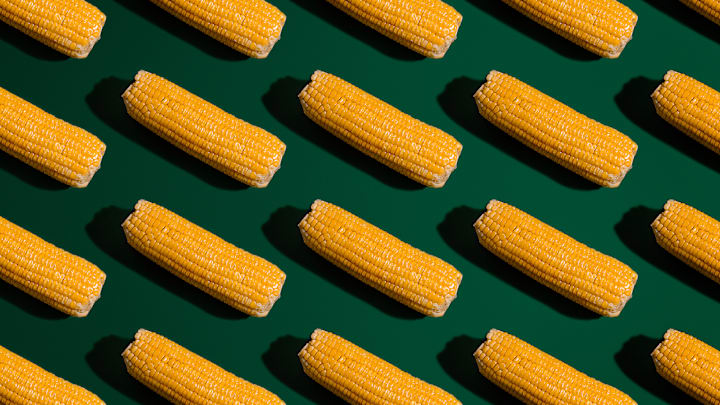Throughout history, people have used many questionable methods to wipe after going to the bathroom. Without the luxury of toilet paper, early American colonists reached for the next best thing: corn cobs. In fact, corn cobs made such great TP that rural Americans continued the practice into the 20th century.
On the toilet paper spectrum, corn cobs fall somewhere between “makes sense” and “oh no.” Closer to the “makes sense” end is any printed material: newspapers, the Sears catalog, the Farmer’s Almanac, you name it. People used to bore a hole through their Farmer’s Almanac and hang it from a nail in their house or outhouse, be it for reading or for wiping. The custom became common enough that in 1919, publishers started selling it with a pre-drilled hole—and they continue to do so today.
Firmly in “oh no” territory, on the other hand, are pottery shards. Ancient Greeks and Romans used these vaguely circular ceramic fragments, known as pessoi, to scrape their posteriors clean. It’s even been suggested that some pessoi began as ostraka: broken ceramics that ancient Athenians used as writing material. If, for example, your community was deciding whether to exile a certain menace to society, you voted by inscribing the person’s name on an ostrakon. Repurposing these ostraka as dung scrapers is about as insulting as it gets.
On the latest episode of The List Show, host and Mental Floss editor-in-chief Erin McCarthy discusses historical hygiene hacks. From porridge deodorant to pee detergent, the ways people kept clean in the past will make you hug your toiletries extra tight tonight.
Watch the full video above and make sure to subscribe to Mental Floss on YouTube for new videos every week.
Learn More Fun Facts:
